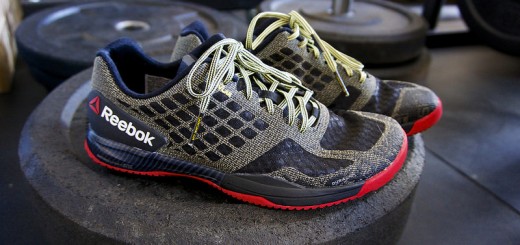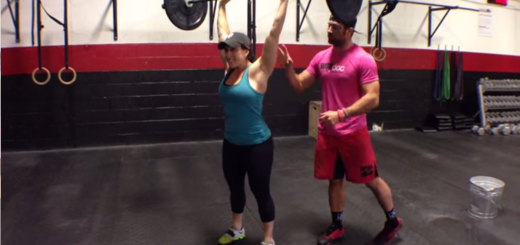Active, Passive and Dynamic Stretching Negatively Affects Power Exercises
Having adequate range of motion with flexibility is important. It prevents compensation and reduces potential for injury. HOWEVER, when you are performing exercises that require power, such as sprints or heavy lifts – passive, active and dynamic stretches will sap your overall power – and that’s bad.
PASSIVE, ACTIVE, AND DYNAMIC STRETCHES DON’T HELP POWER
A recent study examined the acute effects of three different stretching methodscombined with a warm-up protocol on vertical jump performance. The study consisted of sixteen young tennis players, and the stretching methods that were analyzed were active, passive, and dynamic stretching.
The tennis players were randomly assigned to four different experimental conditions on four successive days. Each session consisted of a warm-up, which was then accompanied by one of the stretching conditions. The four experimental conditions were:1
- A control condition that consisted of a vertical jump without stretching exercises.
- Passive stretching condition in which the vertical jump was preceded by passive static stretching.
- Active stretching condition in which the vertical jump was preceded by active static stretching.
- Dynamic stretching condition in which the vertical jump was preceded by dynamic stretching.
A common warm-up protocol was used throughout the study. The warm-up consisted of 5 minutes of running around a tennis court with a heart rate standardized at approximately 140 beats per minute and 10 jumps performed after running. The jumps consisted of 5 squat jumps and 5 countermovement jumps.2
 For the vertical jump test, two different types of vertical jumps were performed: the squat jump and the countermovement jump. The height of the jumps was measured using the Axon Jump mat and its software, and each type of jump was tested three times.3
For the vertical jump test, two different types of vertical jumps were performed: the squat jump and the countermovement jump. The height of the jumps was measured using the Axon Jump mat and its software, and each type of jump was tested three times.3
The stretching used in the study was designed to target the hamstrings, quadriceps, and triceps. Each stretching method, with the exception of the dynamic stretching method, consisted of 3 sets of exercises with 15 seconds in the stretched position. The static stretching method held stretched at a point of mild discomfort. Each subject in the active static stretching group made the movement without external assistance to the position of mild discomfort. In the passive static group, every movement was guided by another person experienced in conducting stretching exercises to the point of mild discomfort. For the dynamic stretching group, the same procedures were used, but instead of holding stretches for 15 seconds, the subjects had to bob in 1:1 second cycles for 30 seconds, trying to reach a greater stretch in each repetition. After each stretching intervention, the subjects performed 3 squat jumps and 3 countermovement jumps, which were measured electronically.4
For the squat jumps, there was a significantly lower vertical jump performance when comparing the stretching interventions of the passive stretching condition and the active stretching condition with the control condition. A significantly greater vertical jump performance was observed when comparing the conditions of dynamic stretching conditions with passive stretching conditions. In other words, subjects who did active or passive static stretching performed worse than the control group. The dynamic stretchers performed about the same as the control group.5
For the countermovement jumps, there were no significant differences when comparing all of the stretching conditions to the control condition.6
Without a doubt the debate on stretching will continue, but this research indicates both passive and active static stretching are counterproductive when it comes to power development. Dynamic stretching seems to not be detrimental, but does not offer any particular benefit. As such, researchers suggest coaching avoid static stretching before training sessions.
Original Article by: Joshua Wortman at breakingmuscle.com





